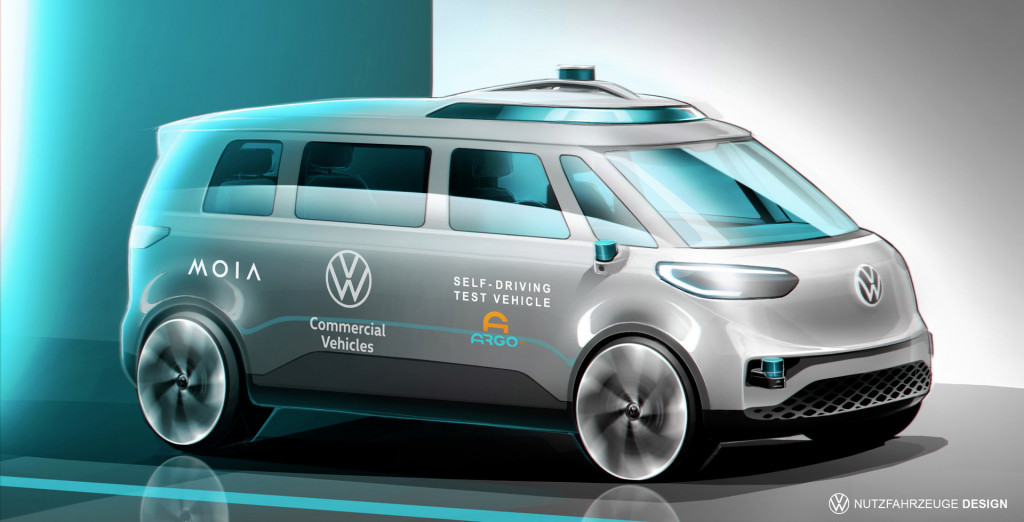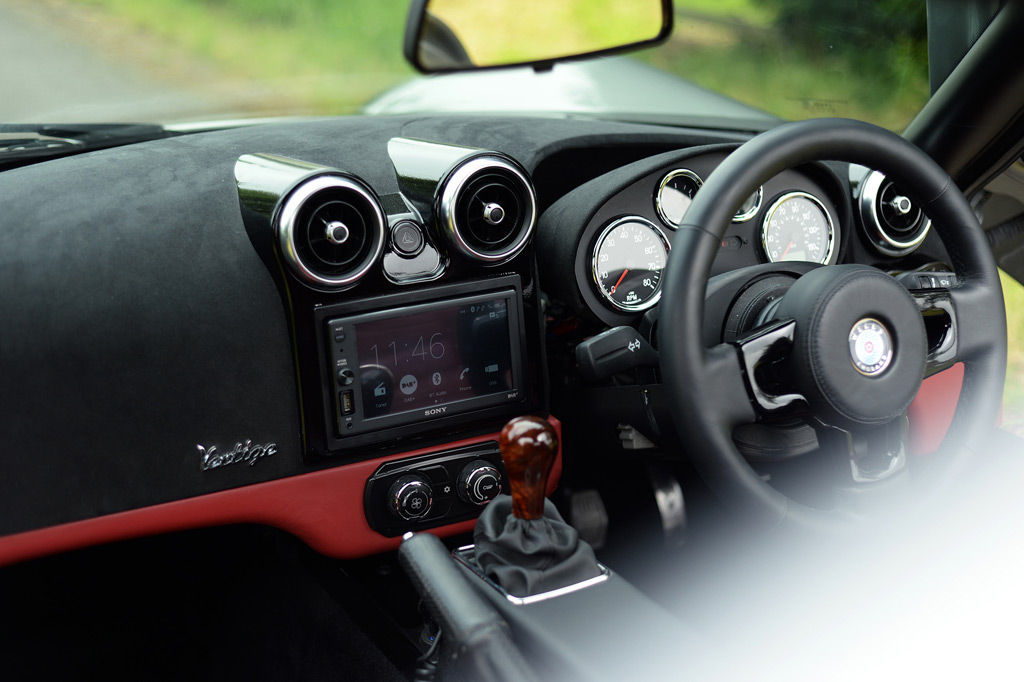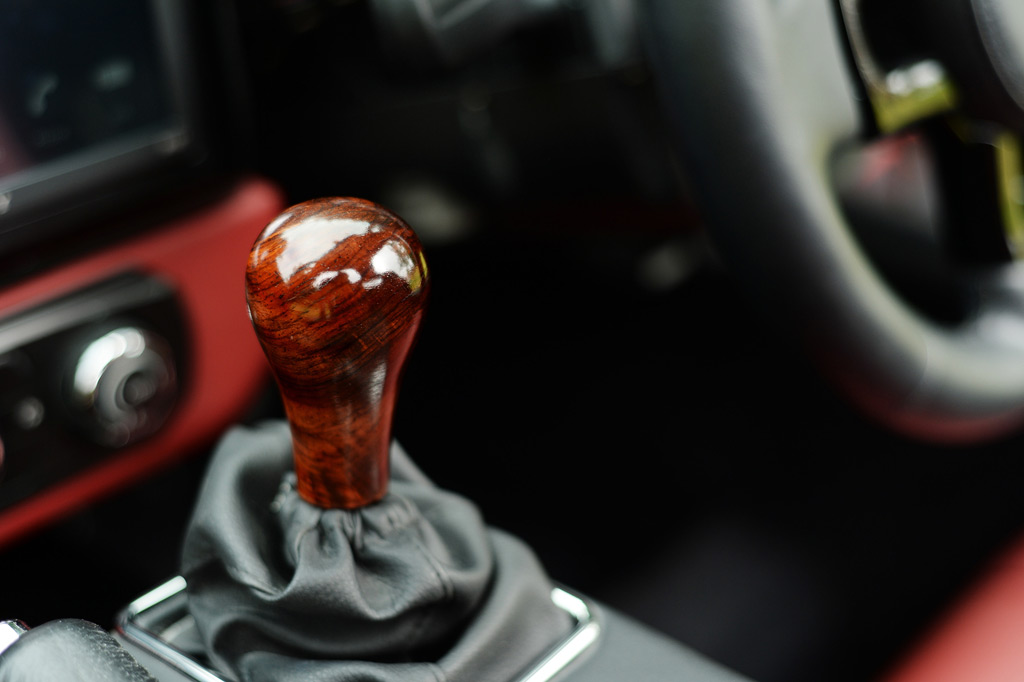Lotus revealed its new Emira sports car this week, the British automaker’s last model to feature an internal-combustion engine of any sort. The Emira has two engine options to choose from; one is the same supercharged Toyota engine powering the outgoing Evora, and the other is a new unit sourced from Mercedes-Benz AMG.
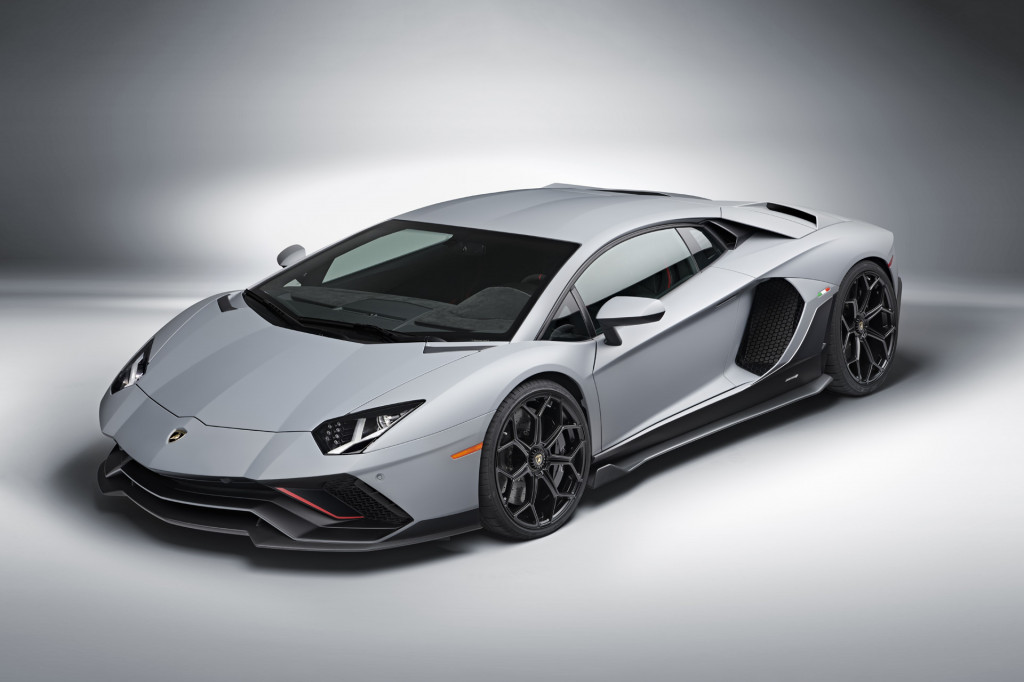
Lamborghini Aventador LP 780-4 Ultimae
Lamborghini unveiled the final version of the Aventador, the Aventador Ultimae. The stunning supercar is also the last Lamborghini to be powered purely by a V-12 engine, as the Aventador’s successor is set to feature a V-12 in a plug-in hybrid configuration.
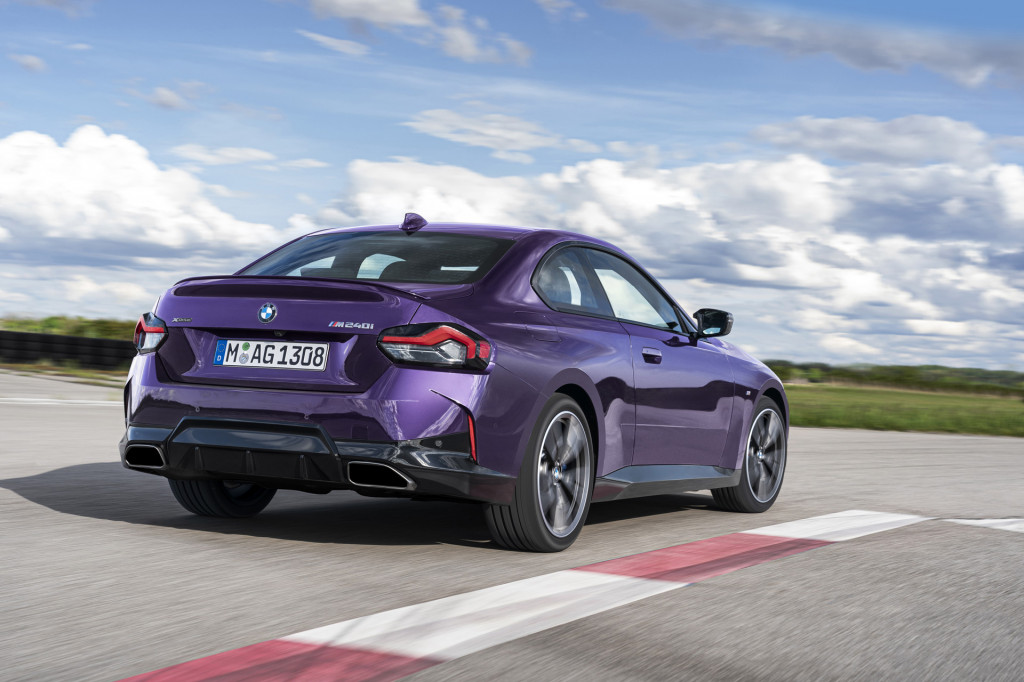
2022 BMW 2-Series
BMW revealed a new generation of its 2-Series coupe. The car is due at dealerships in November, and is bigger and more powerful than the model it replaces. And yes, there’s an M2 variant being cooked up.
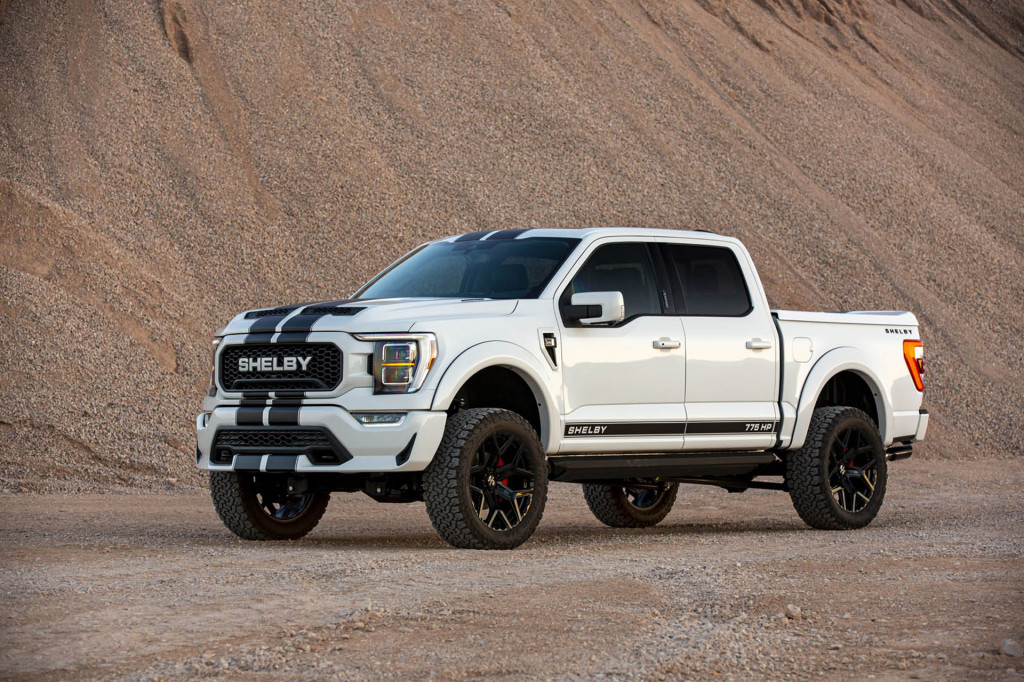
2021 Ford Shelby F-150
Shelby beat Ford to the launch of a V-8 performance pickup based on the latest F-150, with its new 2021 Ford Shelby F-150. The Ford tuner extraordinaire has added a supercharger and a host of other upgrades to an F-150 Lariat, and the resulting pickup has an insane 775 hp on tap.
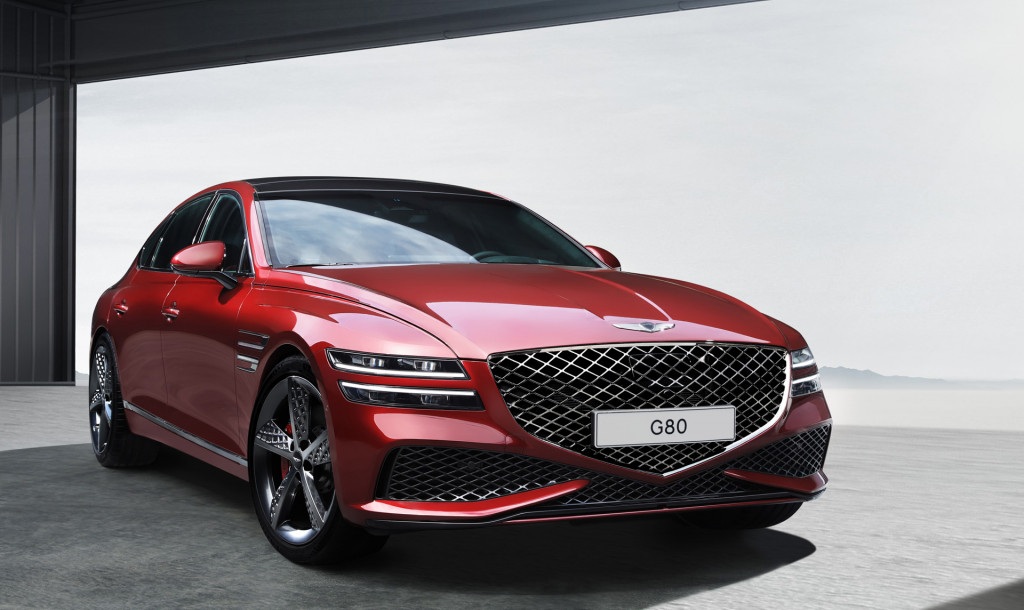
2022 Genesis G80 Sport
Genesis revealed the Sport version of its redesigned G80 sedan this week. Genesis is holding back details until closer to the market launch this fall but we know the new G80 Sport will come with all-wheel drive and all-wheel steering.

2022 Jeep Grand Cherokee 4xe
Jeep revealed the smaller, two-row sibling to the three-row Jeep Grand Cherokee L. Jeep has only provided a first look at the mid-size crossover as the full reveal is scheduled for next month’s 2021 New York International Auto Show, but we know a plug-in hybrid option will be available.
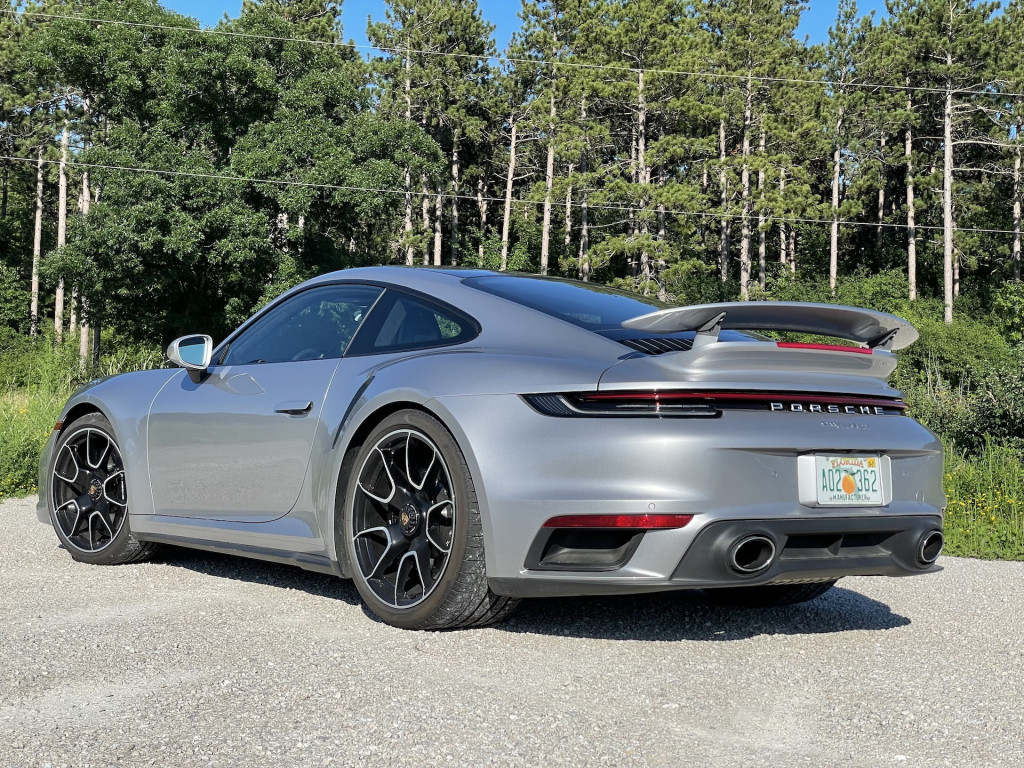
2021 Porsche 911 Turbo S
We spent more time behind the wheel of the latest Porsche 911 Turbo S, this time the coupe. The car is hard to beat in most performance metrics, though for most buyers the slightly tamer Turbo will probably suffice. There’s no wrong option here.

2024 Volkswagen ID Buzz production model spy shots – Photo credit: S. Baldauf/SB-Medien
And finally, we spied Volkswagen’s new electric van that many are calling the spiritual successor to the iconic Microbus. The debut isn’t far but we’ll only see the van in the United States in 2023.

